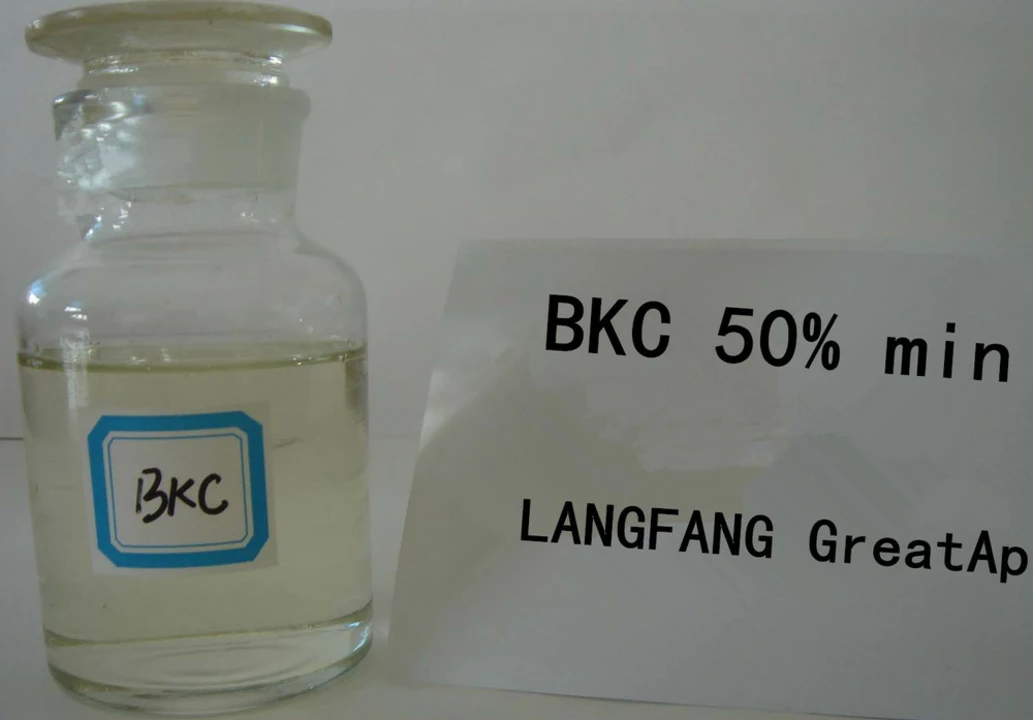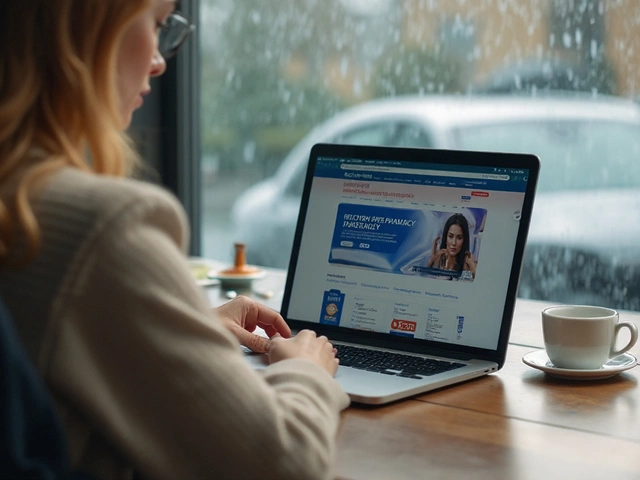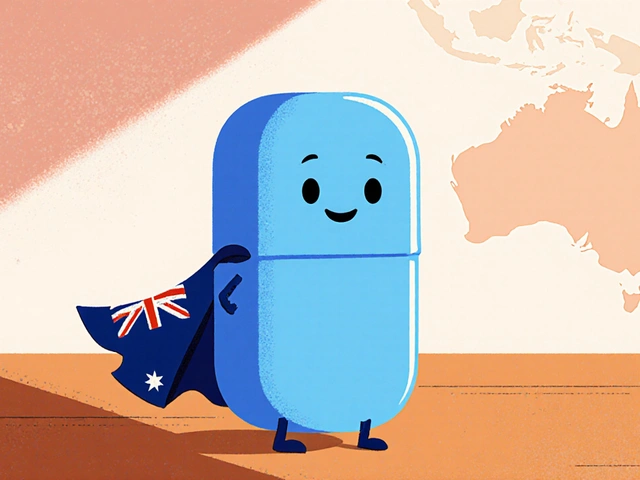
Zinc Oxide: What It Is and Why You’ll Want It in Your Medicine Cabinet
Ever wonder why a tiny white powder shows up on sunscreen labels or diaper rash ointments? That’s zinc oxide, a mineral that does more than just look bland. It blocks UV rays, soothes irritated skin, and even helps with acne without the harsh chemicals you might fear.
Top Ways Zinc Oxide Helps Your Skin
First off, sunscreen. Zinc oxide sits on the surface of your skin and reflects both UVA and UVB light – think of it as a tiny mirror that keeps sun damage at bay. Unlike chemical filters, it doesn’t get absorbed, so you avoid potential hormone‑disrupting effects.
Second, diaper rash and minor cuts. The powder forms a protective barrier that locks moisture out while letting the wound breathe. That’s why pediatricians often recommend zinc oxide ointments for babies – it calms redness fast.
Third, acne. Some over‑the‑counter spot treatments mix zinc oxide with other soothing ingredients to reduce inflammation without drying you out. It works by calming the immune response that makes pimples swell.
How to Use Zinc Oxide Safely
If you’re buying a sunscreen, look for “broad‑spectrum” and at least SPF 30. Make sure the label lists zinc oxide as an active ingredient – many formulas combine it with other minerals like titanium dioxide for extra protection.
When using ointments or creams, apply a thin layer to clean, dry skin. For diaper rash, spread a small amount on each change; you’ll notice less redness after a day or two.
People sometimes ask if zinc oxide can be inhaled – the short answer is no, not in normal topical use. The only time you need to worry is with powdered forms that could become airborne, like some makeup pigments. Stick to creams and sticks for everyday wear.
Want to DIY? You can mix a little zinc oxide powder (food‑grade) into a carrier oil or aloe gel to make your own soothing balm. Just be sure you’re using a non‑nano version – nano particles can penetrate the skin, which defeats the safety purpose of regular zinc oxide.
Bottom line: zinc oxide is a versatile, low‑risk ingredient that protects, heals, and calms skin. Whether you’re hunting for a sunblock, a diaper rash fix, or an acne spot treatment, checking the label for zinc oxide can be a smart move. Keep it handy in your bathroom cabinet, and you’ll have a reliable go‑to whenever irritation strikes.
-
28 Apr







